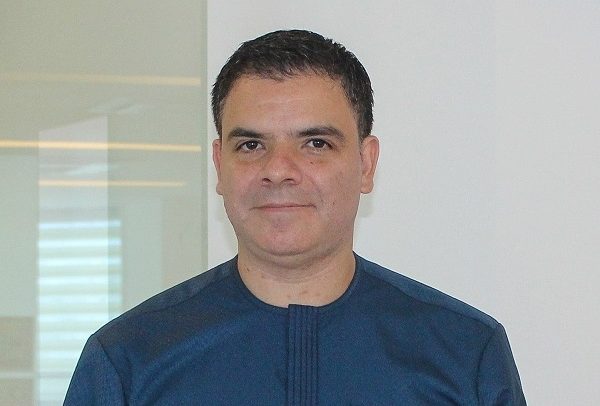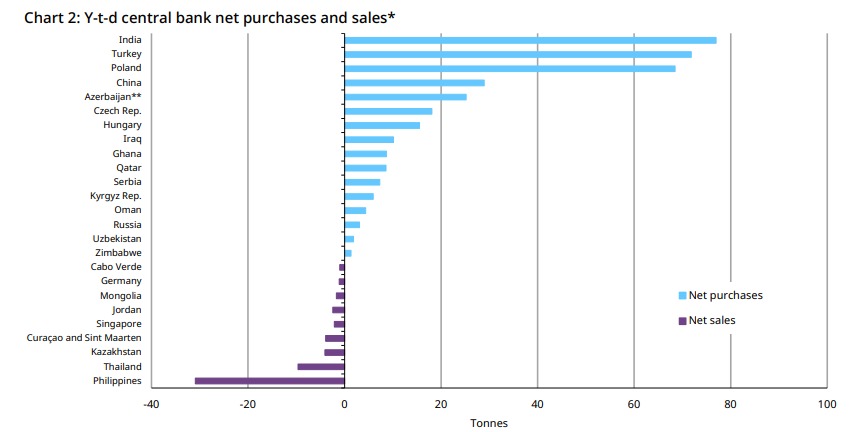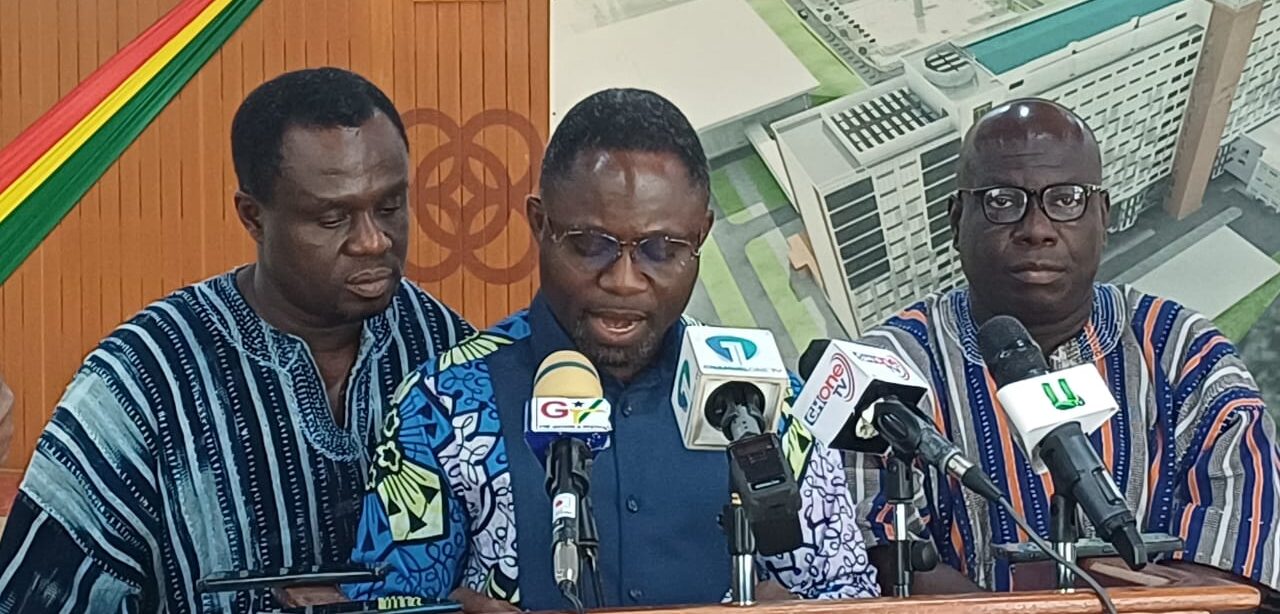
By Samuel LARTEY (Prof.)
Illegal small-scale mining, commonly known as galamsey, has long plagued Ghana’s environment and water resources. Its name derives from the phrase “gather them and sell,” a term reflecting the informal, unregulated extraction of valuable minerals, particularly gold.
Despite its negative environmental consequences, galamsey provides livelihoods for many. With extensive damage to water bodies, forests, and agricultural land, the question now is how to transform this challenge into an opportunity for sustainable growth.
By examining the historical roots of this phenomenon, and its ongoing impacts, we can identify practical solutions to reclaim our forests, rehabilitate our water bodies, and secure economic benefits while ensuring the future sustainability of our natural resources.
Illegality in Ghana’s Mineral Mining Sector
Political aspirations in Ghana have a profound impact on the country’s mineral mining industry, particularly illegal small-scale mining, known as galamsey. Politicians frequently use promises to regulate or eliminate galamsey as a campaign strategy to gain voter support. However, enforcement remains inconsistent due to competing political and economic interests.
This lack of decisive action has led to severe environmental damage, including the destruction of forests, the contamination of water bodies, and the pollution of entire communities by toxic substances like mercury and dynamite used in illegal mining operations.
As the 2024 General Elections approach, political parties face increasing pressure to address the galamsey issue, as it affects both the economy and the livelihoods of people, especially in rural mining communities.
Political indecision or vague promises may continue to empower illegal mining operators, worsening environmental conditions and posing health risks to affected communities. Conversely, strong reforms, if enacted, could make illegal mining more difficult, potentially improving environmental sustainability but displacing many who depend on it for income.
After the elections, the future of the industry will depend largely on political will. Effective regulation, support for legal mining activities, and ecosystem rehabilitation will be critical to shifting the industry toward sustainability.
If prioritized, these actions could preserve natural resources and secure livelihoods. Without them, the current environmental and economic issues could escalate, threatening Ghana’s long-term development goals.
Historical Context and Escalating Environmental Concerns
The roots of galamsey can be traced back to the pre-colonial era when small-scale mining was an accepted practice in local communities. However, post-colonial Ghana witnessed a surge in this activity, exacerbated by economic hardship, the collapse of formal mining sectors, and weak regulatory frameworks. By the 1980s, the situation had spiralled, with illegal miners exploiting loopholes in mining laws.
In the last two decades, galamsey has escalated into an environmental catastrophe. Forests have been decimated, soil fertility diminished, and water bodies turned toxic with chemicals like mercury, cyanide, and metals like lead and arsenic.
The Ankobra, Pra, Offin, and Birim rivers, once vital sources of freshwater are now heavily polluted, endangering aquatic life and the health of communities. According to Ghana’s Water Research Institute, over 60% of water bodies in the affected regions are polluted beyond acceptable levels.
Environmental and Economic Impacts
The environmental degradation caused by galamsey is vast. In the last decade alone, Ghana lost approximately 1.6 million hectares of forest cover, with galamsey accounting for over 50% of this loss .
As of 2023, the cost of restoring these forests stands at over $500 million. Meanwhile, the pollution of major rivers and dams has threatened agriculture, fisheries, and livelihoods, with the water quality index (WQI) of some rivers dropping below 40, indicating poor quality for human and agricultural use.
On the financial side, while galamsey contributes an estimated $2 billion to Ghana’s informal economy annually, its environmental and social costs far outweigh these gains. The government spends around $60 million each year on pollution control and reclamation efforts, and this figure is expected to rise unless drastic measures are taken.
Reclaiming Our Water Bodies and Forests: A Path to Sustainability
To address the twin challenges of environmental degradation and economic growth, Ghana must adopt a multifaceted approach aimed at converting the aftermath of galamsey into a force for good. The following strategies can help reposition the country:
- Comprehensive Land Reclamation Programs
The government can leverage the success of projects like the National Reclamation Project initiated in 2021. Extending and expanding this initiative to cover all galamsey-affected areas will help rehabilitate degraded lands.
Partnering with the private sector to engage local communities in afforestation efforts using fast-growing tree species like bamboo, teak, and acacia could create new forest ecosystems while providing livelihoods.
In a pilot initiative in 2022, Ghana planted over 5 million trees in former mining areas, and the results were promising. Expanding such efforts could restore at least 200,000 hectares of land by 2030.
- Water Body Rehabilitation Technologies
Ghana can turn to innovative environmental engineering solutions to clean up its water bodies. Technologies such as bioremediation and phytoremediation which use plants and microorganisms to detoxify contaminated soils and water should be at the center of national policy. Large-scale implementation of bioremediation along the Ankobra and Pra rivers could drastically reduce heavy metal and cyanide contamination by 50% over five years.
Countries like Peru and Colombia have successfully employed similar strategies to clean up their water bodies affected by illegal mining, and Ghana could benefit from adopting a similar model.
Financially, an estimated $1 billion investment would be required to rehabilitate Ghana’s water bodies over the next decade. The government could seek multilateral funding from the World Bank and the African Development Bank, as well as private investment.
- Establishing Sustainable Livelihood Alternatives
While eradicating galamsey might seem impossible due to its economic allure, offering viable alternative livelihoods is a crucial step forward. This includes enhancing support for sustainable agriculture, eco-tourism, and artisanal mining under legal frameworks.
In collaboration with international organisations, the government could create new skills training programs that focus on regenerative agriculture, renewable energy projects (such as solar power farms), and environmental conservation.
The artisanal mining sector can be formalised with improved licensing processes and safety standards, ensuring that mining continues in a regulated and environmentally responsible manner. For instance, by 2025, artisanal mining cooperatives could contribute $200 million annually to the economy while operating under stricter environmental guidelines.
- Introduction of Environmental Taxes and Compensation Mechanisms
To sustain long-term ecological restoration, Ghana could introduce environmental taxes for mining companies that operate near sensitive ecological zones. A percentage of mining revenues should be allocated toward environmental funds dedicated to restoration and rehabilitation projects. Additionally, establishing a compensation mechanism for affected communities could create incentives for local groups to take part in conservation activities.
- Stronger Enforcement and Community Participation
None of these initiatives will succeed without the enforcement of mining regulations and stronger governance structures. The deployment of military task forces to combat illegal mining has had some success, but the focus should now shift to engaging local communities. Incorporating community chiefs and local stakeholders in monitoring mining activities ensures better accountability.
Furthermore, by granting legal mining permits to well-organised community cooperatives, the government could help legalise small-scale operations while maintaining strict environmental standards.
Conclusion
Turning the menace of galamsey into an opportunity for economic and environmental sustainability requires a well-coordinated and innovative approach. Ghana’s future lies not in punishing galamsey operators but in transforming the industry into a regulated, environmentally responsible sector.
By reclaiming land, rehabilitating water bodies, providing alternative livelihoods, and enforcing regulatory compliance, Ghana can reposition itself to gain from its rich mineral resources while protecting the environment.
The financial and environmental investments needed are significant, but they are essential if Ghana is to secure the long-term viability of its forests, water bodies, and communities. In doing so, the country will not only safeguard its natural heritage but also lay the foundation for sustainable growth and prosperity for future generations.
The post Harnessing opportunities from galamsey: turning a menace into sustainable livelihoods appeared first on The Business & Financial Times.
Read Full Story















Facebook
Twitter
Pinterest
Instagram
Google+
YouTube
LinkedIn
RSS